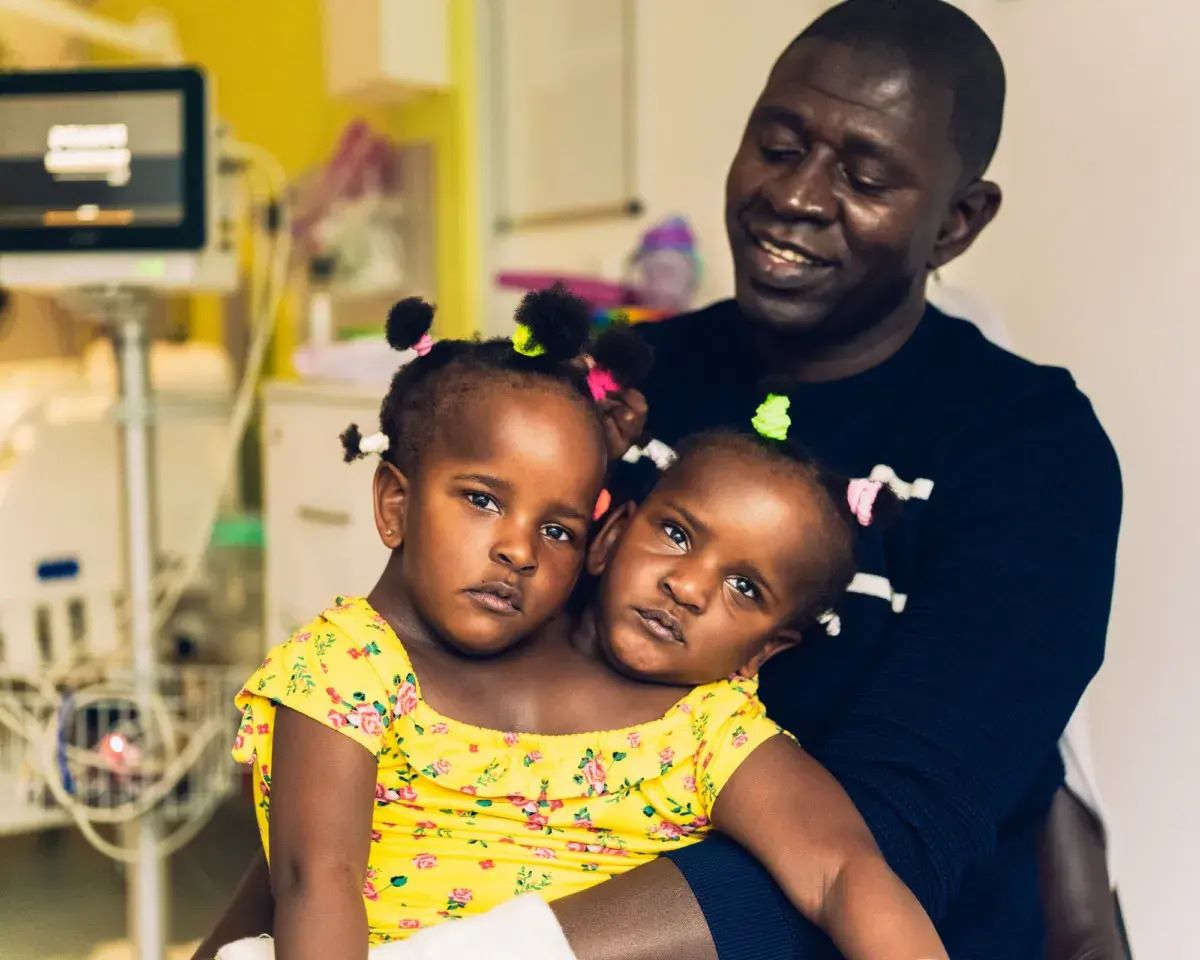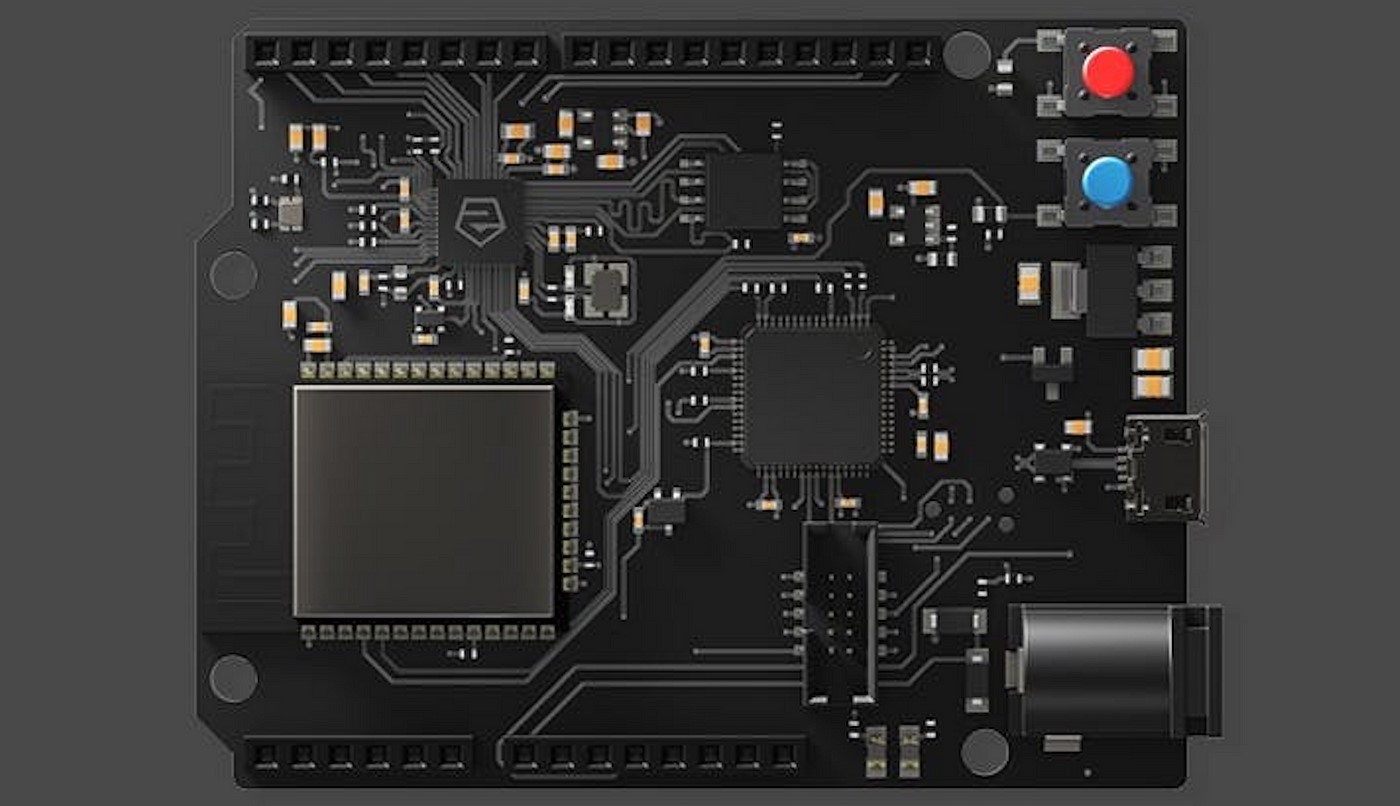
Conjoined twins have fascinated people for centuries. These rare siblings share physical connections, often leading to unique challenges and remarkable stories. Conjoined twins occur once in every 50,000 to 200,000 births, making them an extraordinary phenomenon. They develop when a single fertilized egg partially splits, resulting in twins who remain physically connected. The connection can vary greatly, from shared organs to fused limbs. Advances in medical technology have improved the survival rates and quality of life for many conjoined twins. Some undergo successful separation surgeries, while others choose to live their lives together. This blog post delves into 20 intriguing facts about conjoined twins, shedding light on their lives, medical journeys, and the incredible bond they share.
What Are Conjoined Twins?
Conjoined twins are identical twins whose bodies are physically connected at birth. This rare phenomenon has fascinated scientists and the public alike for centuries. Here are some intriguing facts about conjoined twins.
-
Conjoined twins occur once in every 50,000 to 60,000 births. They are extremely rare.
-
About 70% of conjoined twins are female. The reason for this gender disparity remains unknown.
-
Conjoined twins develop when a single fertilized egg fails to completely separate. This usually happens between the 13th and 15th day after conception.
-
There are several types of conjoined twins, categorized based on where they are joined. The most common type is thoracopagus, where twins are connected at the chest.
Historical Cases of Conjoined Twins
Throughout history, there have been many notable cases of conjoined twins. These stories often capture the public's imagination and highlight the unique challenges and triumphs of these individuals.
-
Chang and Eng Bunker, born in 1811, are perhaps the most famous conjoined twins. They were connected at the chest and lived to be 63 years old.
-
Millie and Christine McCoy, born in 1851, were known as the "Two-Headed Nightingale." They were connected at the lower spine and became famous performers.
-
Abby and Brittany Hensel, born in 1990, are modern-day conjoined twins who have appeared on television and in documentaries. They are connected at the torso and have separate heads.
-
Ladan and Laleh Bijani, Iranian twins born in 1974, were joined at the head. They underwent a high-risk separation surgery in 2003, which unfortunately resulted in their deaths.
Medical Challenges and Surgeries
Conjoined twins face unique medical challenges, and separation surgeries are complex and risky. Advances in medical technology have improved outcomes, but many hurdles remain.
-
Separation surgery is only possible for about 25% of conjoined twins. The complexity of the surgery depends on where and how the twins are connected.
-
The first successful separation of conjoined twins occurred in 1955. The twins were joined at the liver.
-
Modern imaging techniques, like MRI and CT scans, are crucial for planning separation surgeries. These tools help surgeons understand the twins' shared anatomy.
-
Surgeons often use 3D printing to create models of the twins' bodies. This allows them to practice and plan the surgery in detail.
Life and Adaptation
Conjoined twins often face unique social and psychological challenges. Despite these difficulties, many lead fulfilling lives and adapt in remarkable ways.
-
Conjoined twins often develop their own unique ways of communicating. This can include special gestures or shared thoughts.
-
Many conjoined twins learn to coordinate their movements and activities. This requires a high level of cooperation and understanding.
-
Education for conjoined twins can be challenging. Some attend regular schools, while others are homeschooled to accommodate their needs.
-
Social acceptance varies widely. Some conjoined twins are celebrated and embraced, while others face discrimination and isolation.
Cultural and Ethical Considerations
The existence of conjoined twins raises important cultural and ethical questions. These issues often spark debate and reflection.
-
In some cultures, conjoined twins are seen as omens or signs. This can lead to both positive and negative treatment.
-
Ethical questions arise regarding separation surgeries. Decisions must balance the risks and benefits for both twins.
-
Media portrayal of conjoined twins can influence public perception. Positive and respectful representation is crucial.
-
Advances in genetics and prenatal care may reduce the incidence of conjoined twins in the future. However, ethical considerations will continue to evolve.
The Fascinating World of Conjoined Twins
Conjoined twins, though rare, offer a unique glimpse into human development. These twins share physical connections that range from minor to extensive, often leading to complex medical challenges. Despite these hurdles, many conjoined twins lead fulfilling lives, showcasing incredible resilience and adaptability. Advances in medical science have made separation surgeries more successful, giving many twins a chance at independent lives. However, not all twins opt for separation, valuing their unique bond and shared experiences.
Understanding the biology and experiences of conjoined twins helps foster empathy and appreciation for their unique journey. Their stories remind us of the incredible diversity of human life and the strength of the human spirit. Whether separated or together, conjoined twins continue to inspire and educate, highlighting the importance of compassion and medical innovation in improving lives.
Was this page helpful?
Our commitment to delivering trustworthy and engaging content is at the heart of what we do. Each fact on our site is contributed by real users like you, bringing a wealth of diverse insights and information. To ensure the highest standards of accuracy and reliability, our dedicated editors meticulously review each submission. This process guarantees that the facts we share are not only fascinating but also credible. Trust in our commitment to quality and authenticity as you explore and learn with us.


